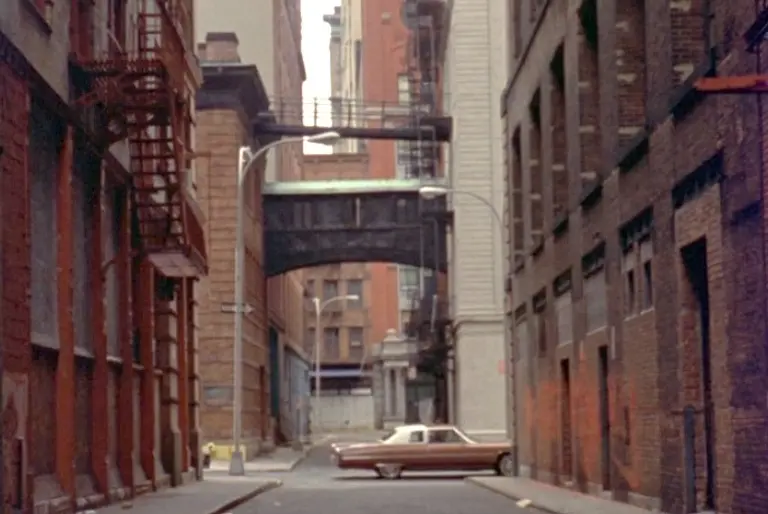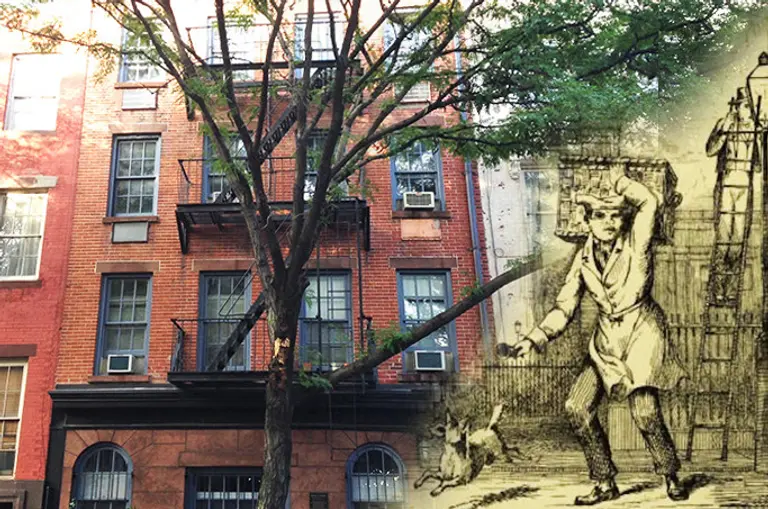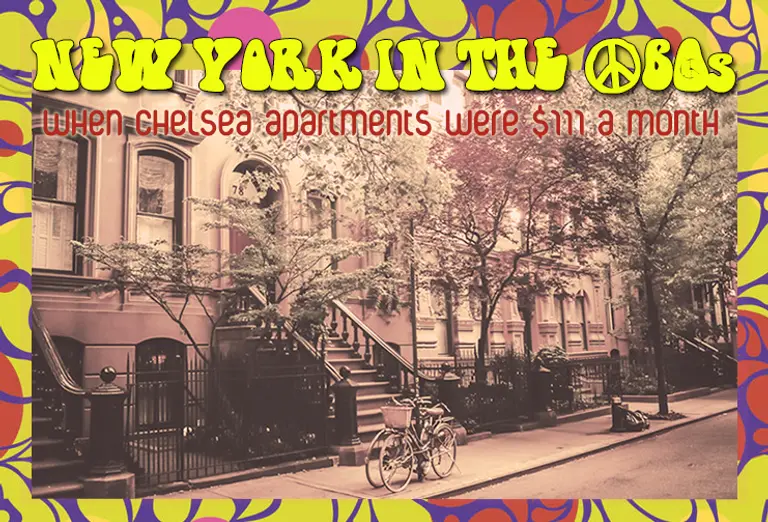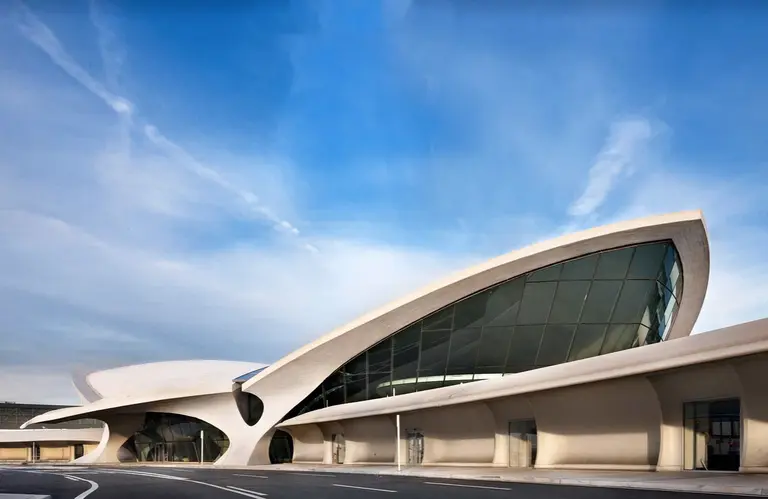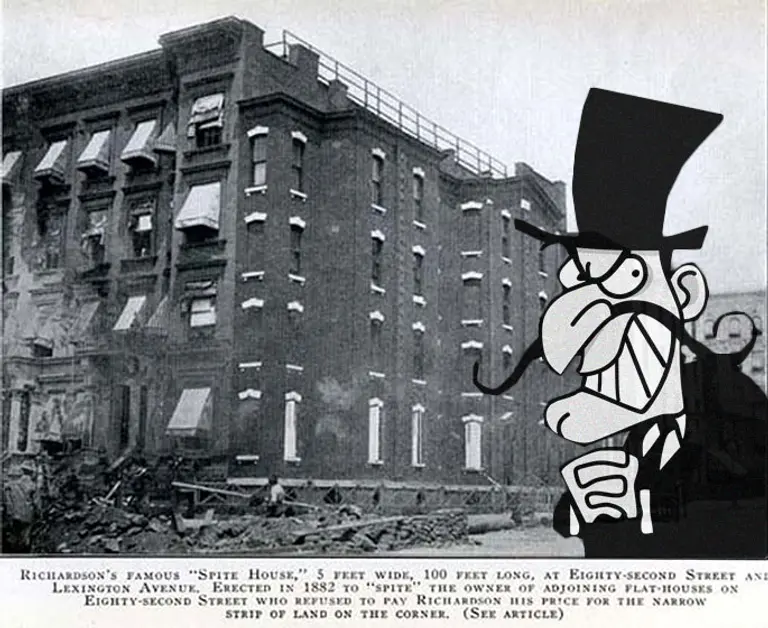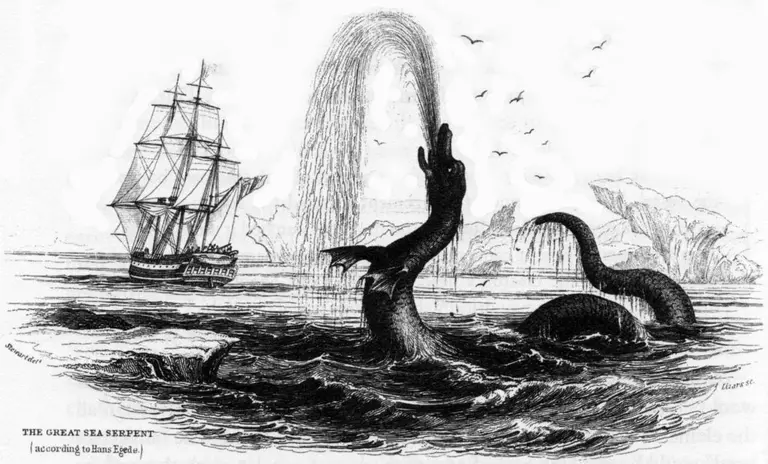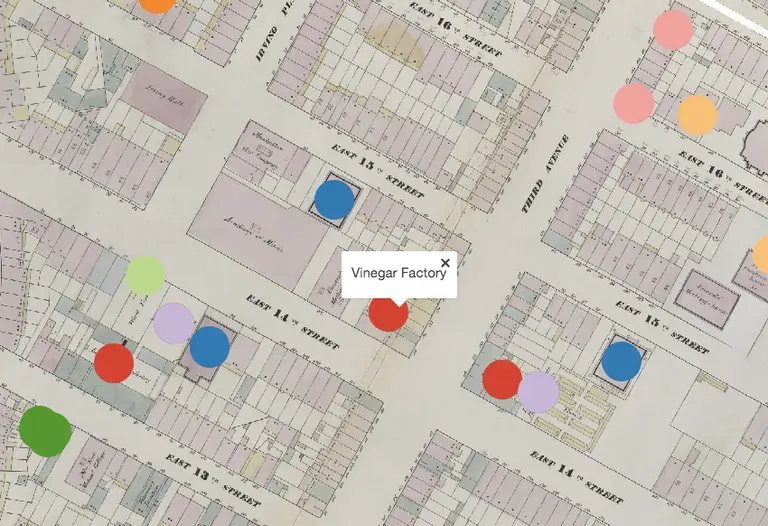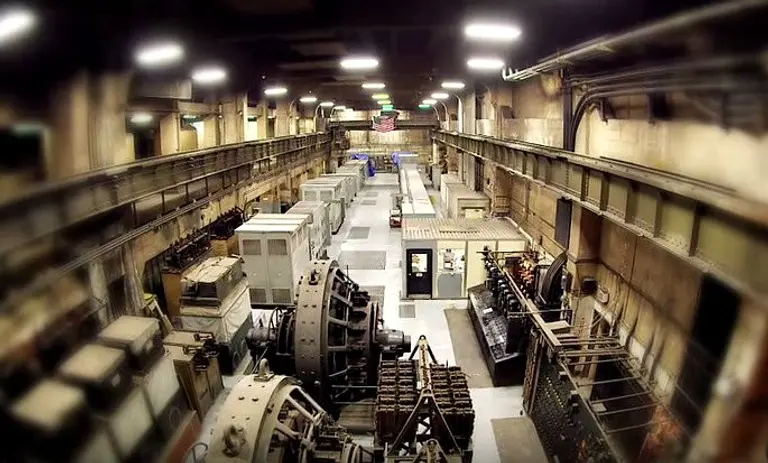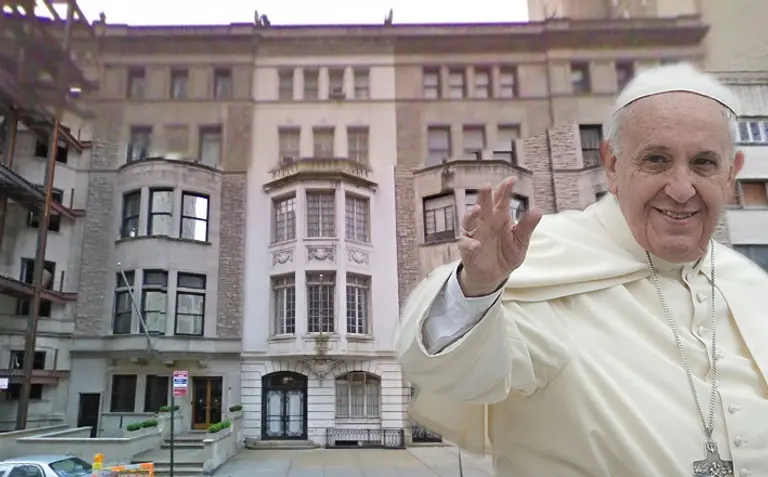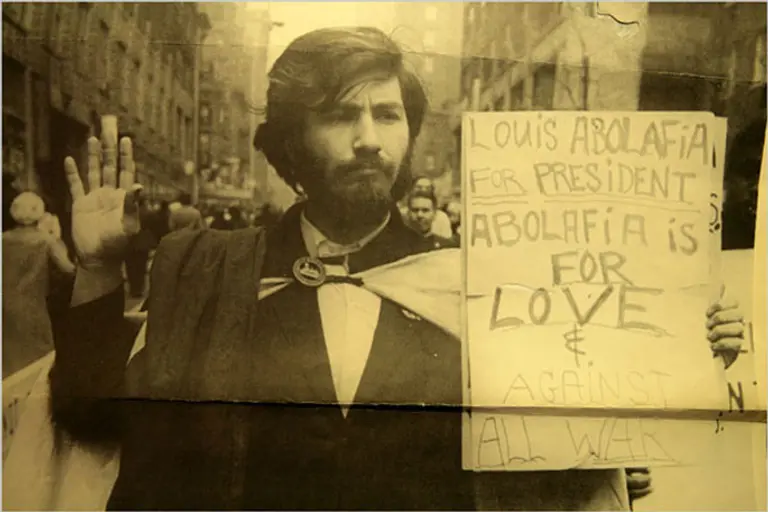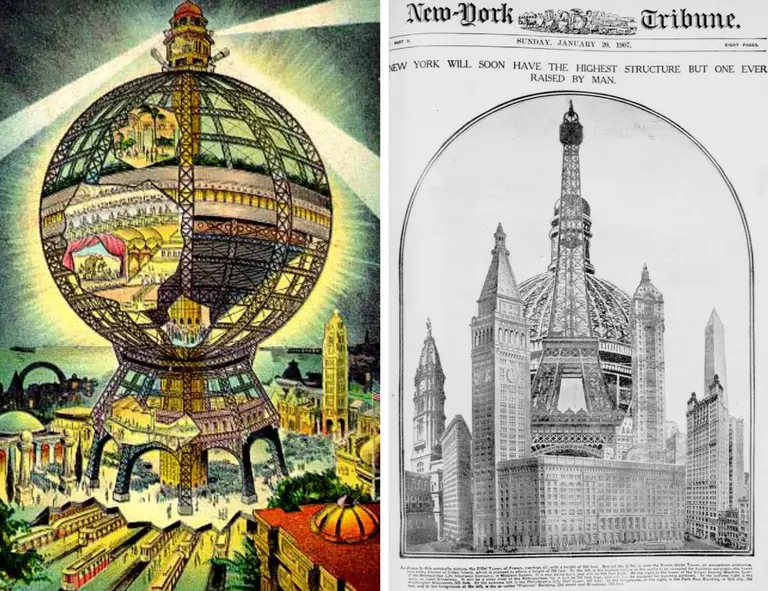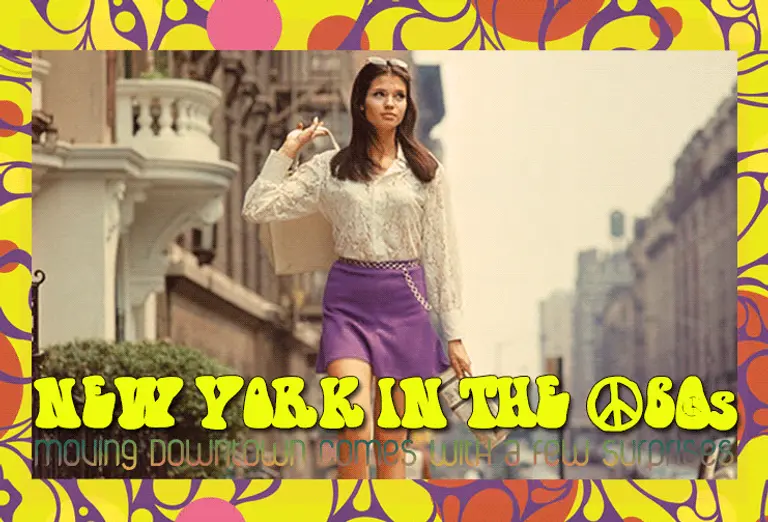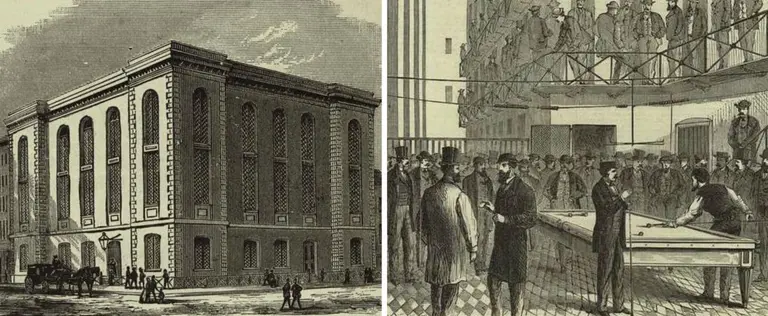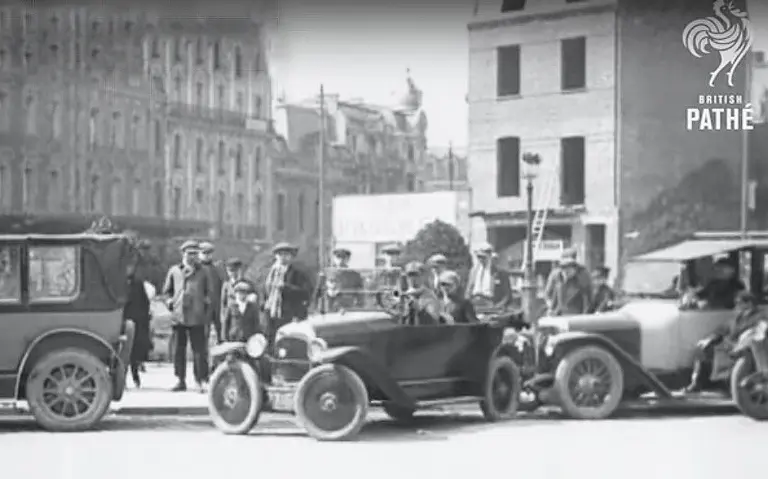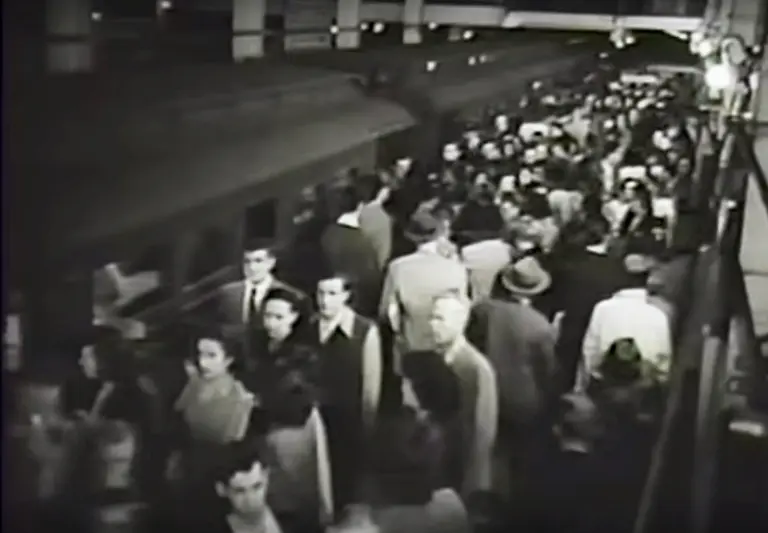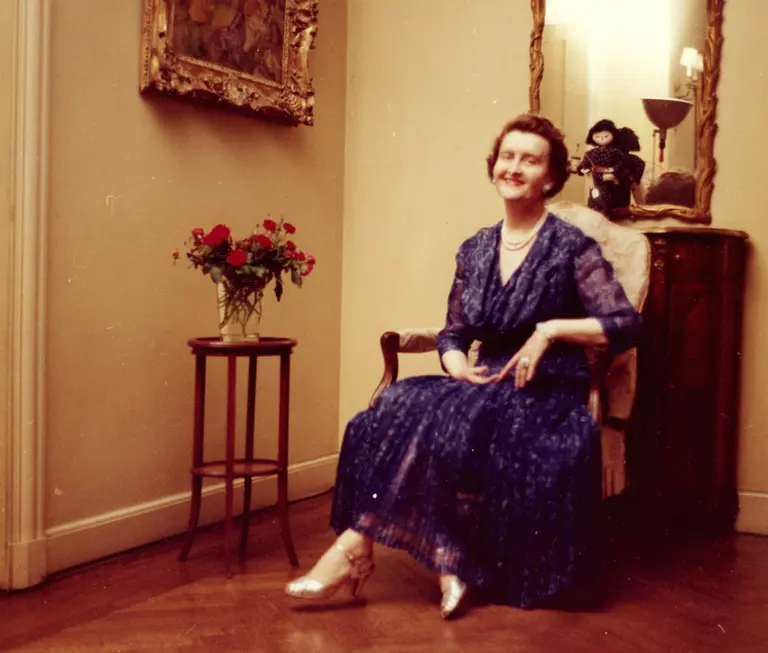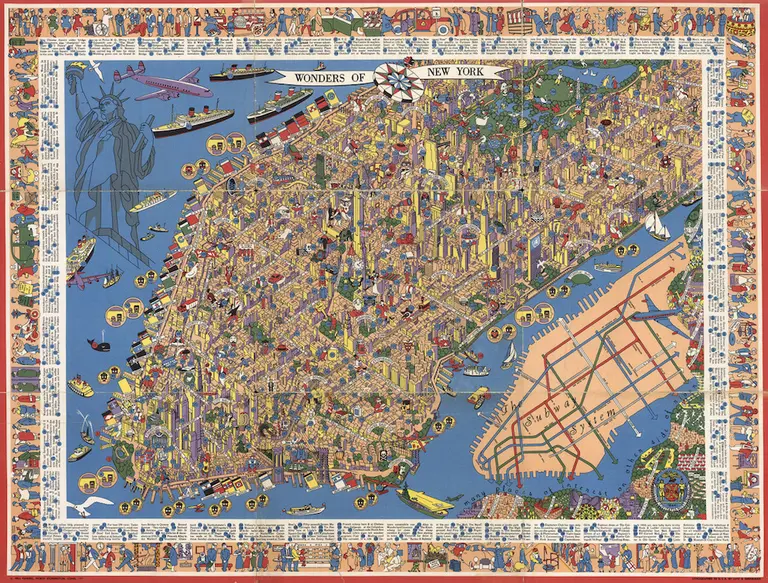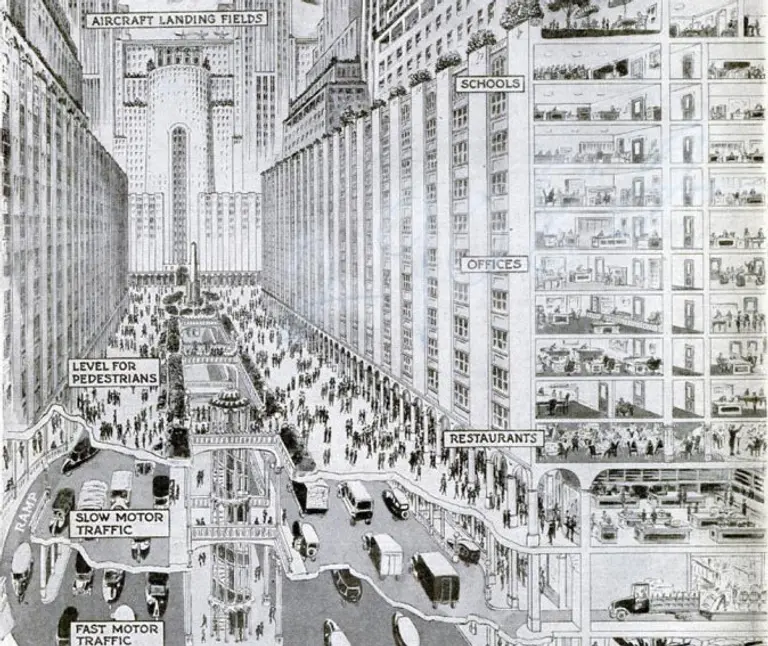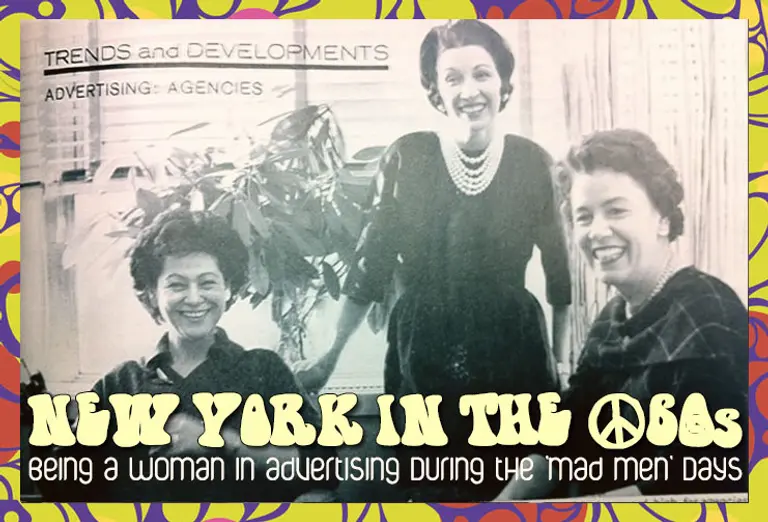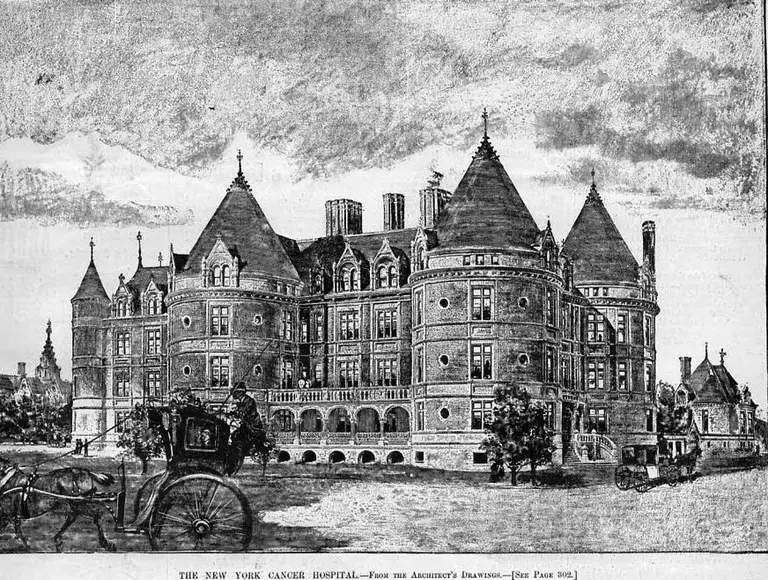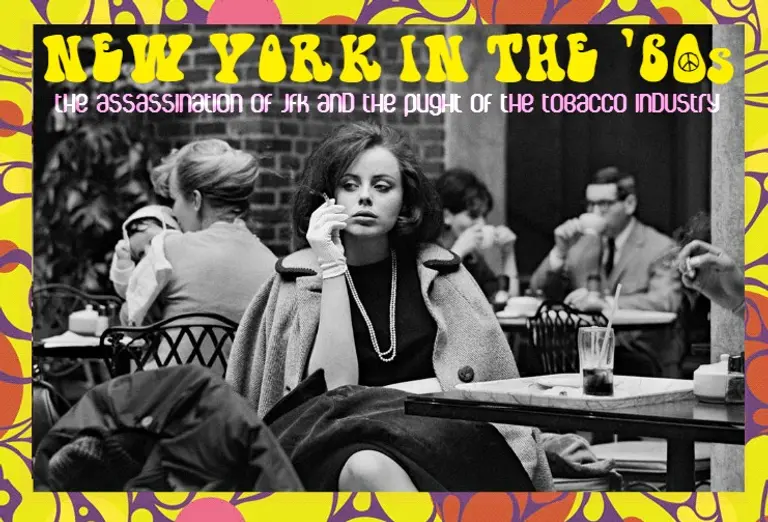
“New York in the ’60s” is a memoir series by a longtime New Yorker who moved to the city after college in 1960. From $90/month apartments to working in the real “Mad Men” world, each installment explores the city through the eyes of a spunky, driven female. In the first two pieces we saw how different and similar house hunting was 50 years ago and visited her first apartment on the Upper East Side. Then, we learned about her career at an advertising magazine and accompanied her to Fire Island during the warm summer months. Our character next decided to make the big move downtown, but it wasn’t quite what she expected. Now she’ll take us through how the media world reacted to JFK’s assassination, as well as the rise and fall of the tobacco industry.
